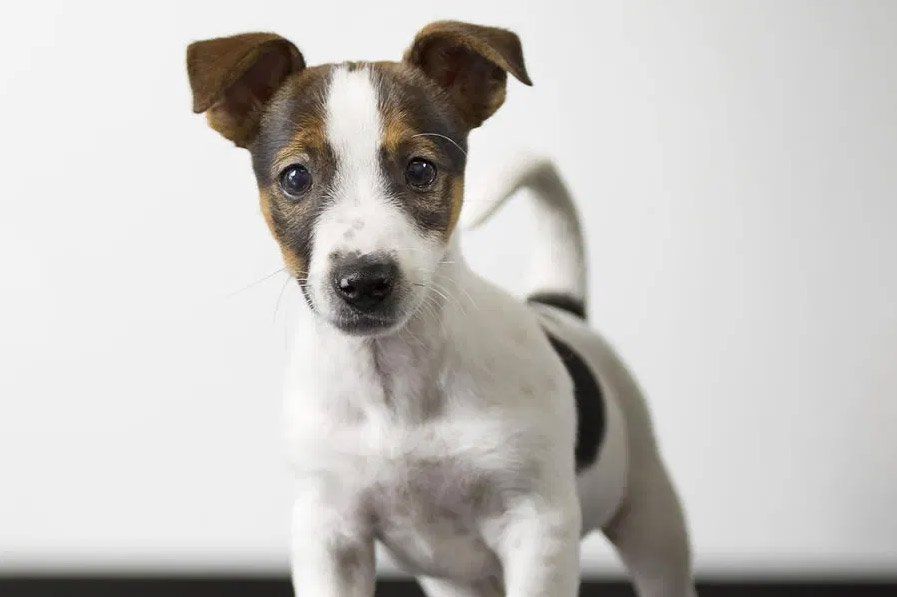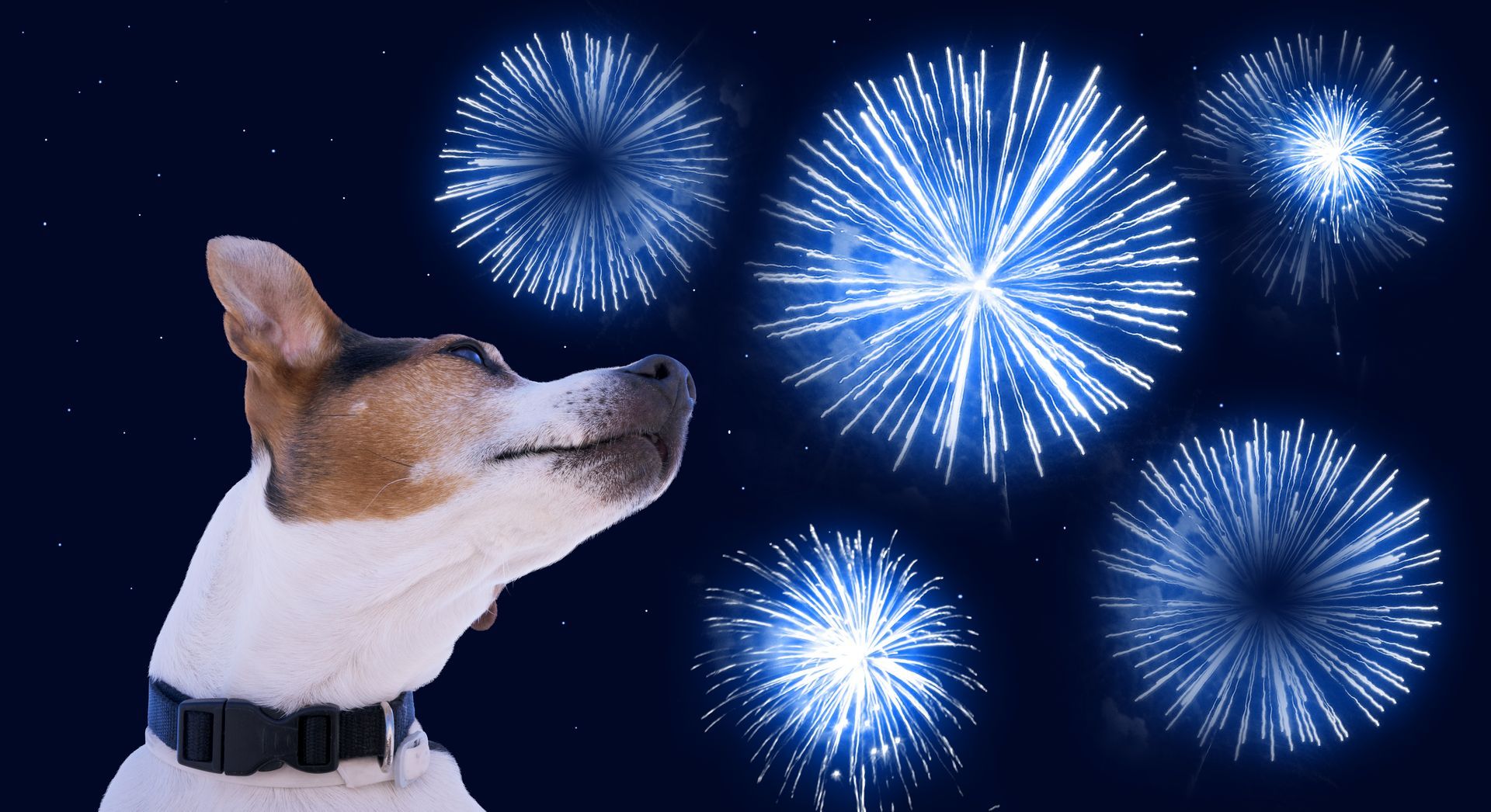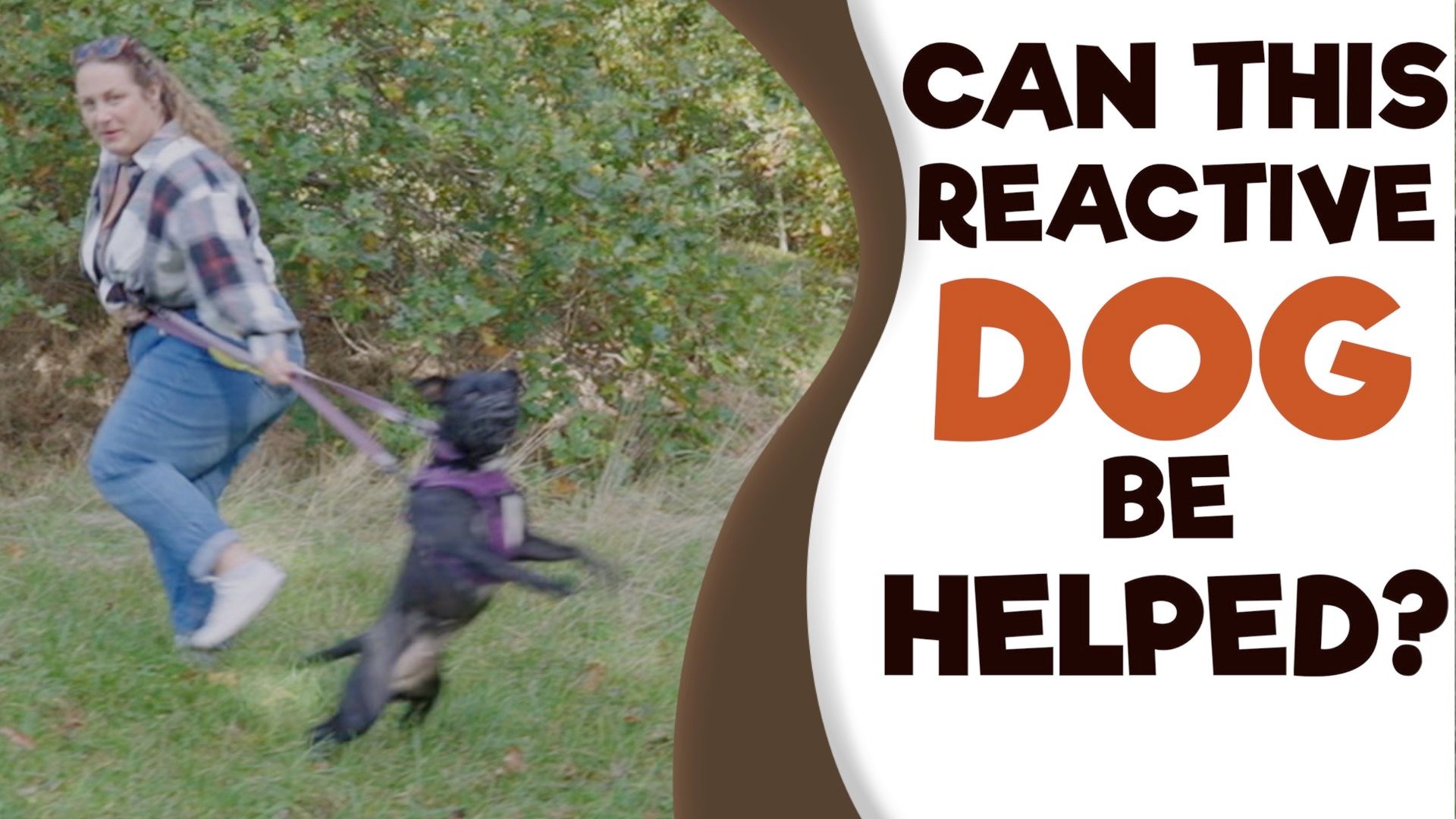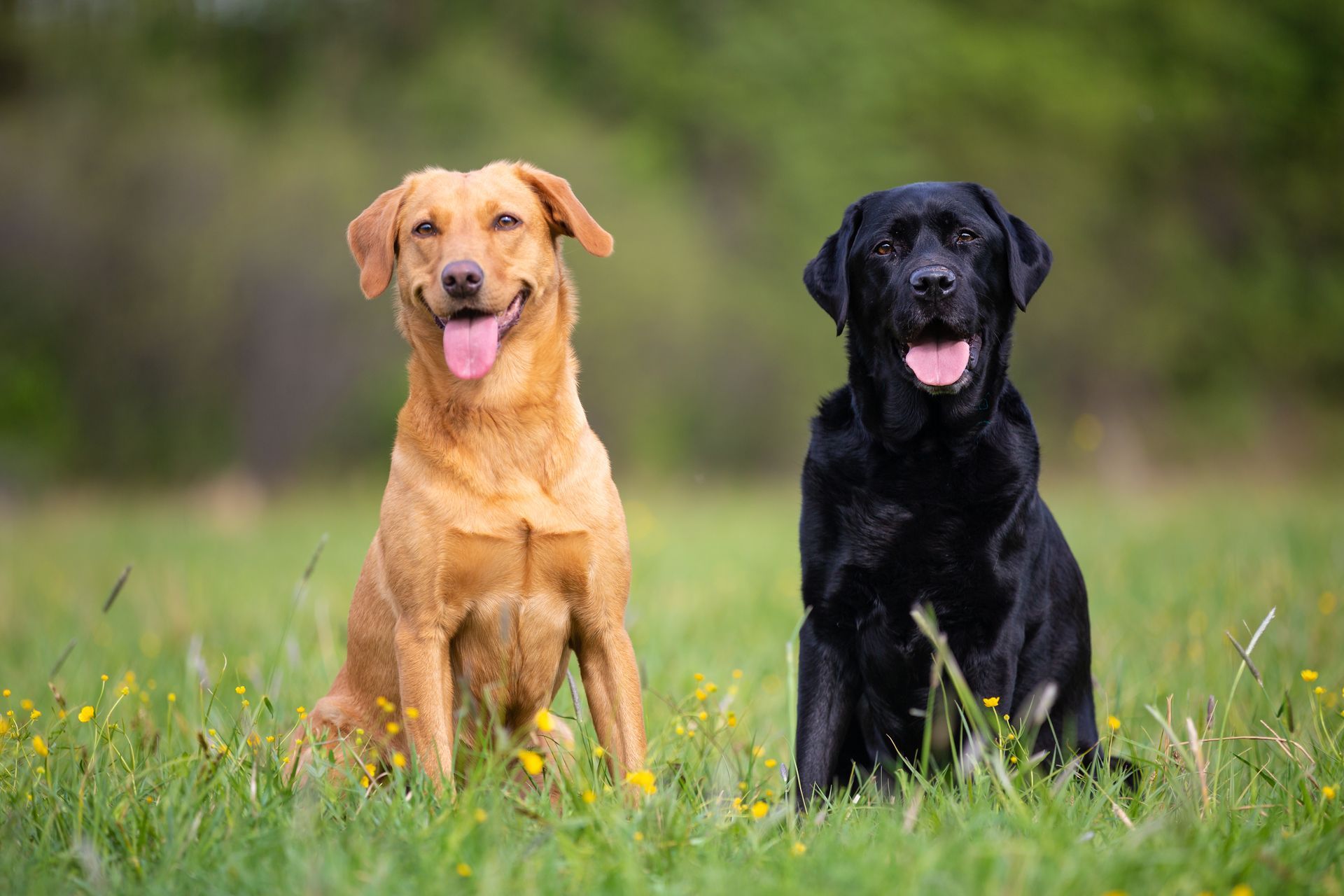Blog 3 – How to stop puppy biting
Nigel Reed • July 7, 2020

In the wild, it is in a puppy’s nature to bark, nip and invade other pack members space to play and see where they fit in the pack . When a pup play bites or nips another wolf they will get a mouth full of fur. When a domestic puppy nips a human’s bare flesh with their pin sharp teeth it can hurt. To make it completely clear to your pup that play biting is not a welcome behaviour – you should take them by the collar, each time they nip you, and move them back a couple of meters without looking or speaking to them. If your pup persists on play biting repeat the action but move them back a bit further to make the message clearer, that you do not wish to engage in this game. If your puppy still persists take it a step further by isolating them in another room where they cannot see you. This will give them time for their state to calm and the opportunity to think about the consequence of their actions. When your pup is calm, let them out and go back to what you were doing. If your dog comes over and attempts to carry on with the play biting , repeat the isolation method until your puppy gives up.
As leader you decide when it is time to interact and teach your dog manners in play.
Once the dog is calm and has left you alone, you can teach them a desired response by calling them into your space and show them what is allowed for example cuddling or light playing. If they then again become too excitable and bite, repeat the method until they realise they took it too far.
In this scenario of moving the pup away (and isolating if necessary) each time it nips you, someone has to give up. Do not let it be you. I have had a severe case where I have had to isolate a dog over forty times in one day because they believed they dictated when to interact and had no manners. Eventually the dog got the message. Your reaction should always be calm, convincing and consistent by never giving up. You cannot fail.
As leader you decide when it is time to interact and teach your dog manners in play.
Once the dog is calm and has left you alone, you can teach them a desired response by calling them into your space and show them what is allowed for example cuddling or light playing. If they then again become too excitable and bite, repeat the method until they realise they took it too far.
In this scenario of moving the pup away (and isolating if necessary) each time it nips you, someone has to give up. Do not let it be you. I have had a severe case where I have had to isolate a dog over forty times in one day because they believed they dictated when to interact and had no manners. Eventually the dog got the message. Your reaction should always be calm, convincing and consistent by never giving up. You cannot fail.

Rant Possibly a controversial opinion, but I wish fireworks night didn’t exist, and frankly, I think we should ban it. Or at the very least, get rid of the loud ones. It’s not that I’m a killjoy, nor am I unfamiliar with big, exciting productions. I was in Sydney for the millennium—one of the biggest fireworks displays ever—and still, I didn’t feel the urge to say, "wow wee." In fact, after about 10 minutes, I was honestly a bit bored. Add to my lack of enthusiasm the fact that we know hundreds of thousands of dogs and other animals will be scared out of their fur, and I’m even less thrilled about it rolling around again. Now, I can already hear the counterarguments: "But it’s tradition!" "It’s fun for the kids!" And sure, I’m not saying we all sit in the dark knitting while the 5th of November passes by. But is the fleeting thrill of a multiple bangs really worth the mass hysteria it causes in pets? Let’s be honest, if we can switch to paper straws nearly overnight to save the turtles, surely we can rethink the whole fireworks situation? But we are where we are, so this blog is all about how to prepare for the upcoming chaos.

In this blog, complemented by an engaging video, we embark on the journey of Oreo, a dog who faced extreme reactivity challenges. The narrative unfolds through my engagement with Natalie, a single mum of three, exploring the depths of dog-on-dog aggression and its effects not only on the family but also on Oreo himself. Understanding Canine Aggression Understanding why dogs like Oreo exhibit aggressive behaviours towards other dogs and certain individuals is paramount. Factors such as fear, territorial instincts, misunderstanding of authority, and inadequate socialisation often lie at the core. Identifying these triggers is the first step in our approach to tackle the issue at its root.

Stress on both dogs and humans Addressing in-house dog aggression is an extremely stressful situation for the guardian and the dogs' fighting. The dogs often don't feel safe in each other's company and will react in many ways to demonstrate their discomfort, sometimes ending up into a full blown fight, as they have nowhere to disperse and calm down. This article offers practical advice for managing and addressing the aggression within your home, featuring a case study on two Labradors. For a more in-depth exploration and tailored guidance, our online dog training courses provide extensive resources and expert instruction. Key Strategies for Mitigating In-Home Dog Conflicts Strengthening Leadership and Structure : Learn the crucial role of establishing yourself as a consistent leader. Many problems arise when dogs fight for their owner's attention. If both dogs see you as leader they will understand you will give out attention when you decide and therefore not believe they are telling you what to do. Keep them apart: Once they have fought, their stress levels will be heightened and anticipating the next fight leading to agitated behaviour where they cannot properly rest. If you keep them apart for long enough, the memory of them fighting will fade. Reintroduction in stages: There will always be a place where they are comfortable with one another be that in another room where they can hear the other dog, or out on walks 5 meters apart. This will be your starting point. Then you can gradually get them closer over time, if they are comfortable. Case Study I was called by a client called Tony re his two Labradors, Max and Charlie. Max, the older of the two, had always been the more dominant dog, but as Charlie matured, he began to challenge this hierarchy, leading to tension and fights that disrupted the household's tranquility. Initial Assessment and Observations Upon my first visit, the signs of stress and anxiety were evident not just in Max and Charlie, but throughout their home. Both dogs exhibited signs of distress such as pacing, growling, and avoidance behaviours. Their owners, deeply committed to their pets' welfare, were understandably distressed by this sudden shift in dynamics. Implementing a Structured Leadership Approach The first step was to re-establish a sense of order and leadership within the household. This involved training sessions focused on reinforcing the owners' status as the decision makers and protectors. Simple commands and exercises were introduced to build respect and a bond between the dogs and their owners. Zone-Based Management for Stress Reduction To address the competition and human guarding that were fuelling the aggression, separate zones for feeding, playing, and resting were established but all was now done on the owner's terms. Max and Charlie were given their own spaces, equipped with their own beds, and feeding areas. This separation was crucial for reducing immediate tension and preventing further conflicts. Gradual Reintroduction With the household structure and individual needs addressed, the next phase involved the careful reintroduction of Max and Charlie under controlled and supervised conditions. Initial interactions were short and always positive on walks staying far apart but getting closer as they looked calm. They were in the front room separated by a divider with a blanket on it so they would be calm together but couldn't see each other. Over weeks, the blankets on the boundaries were removed, so they could see each other. On walks they were happy to interact so the last stage was to remove the boundary. At this point there were no issues. Monitoring Progress and Adjusting Strategies Throughout the reintroduction process, close monitoring was essential. If they hard stared one another they were put in timeout and the boundaries were brought back for another week. A Harmonious Conclusion After several months of consistent application of these strategies, Max and Charlie's relationship transformed. The aggression that once marked their interactions gave way to a calm coexistence, with moments of playfulness and mutual respect becoming the new norm. Their owners reported a significant improvement in the overall atmosphere of their home, reflecting the success of the tailored approach to managing in-house dog aggression. This detailed journey of Max and Charlie from conflict to harmony underscores the effectiveness of structured leadership, time apart to calm, and careful reintroduction strategies in resolving in-house dog aggression. For those seeking more in-depth guidance, our online dog training courses offer extensive resources to navigate these challenges and more, providing dog owners with the tools needed to foster peace and stability in their homes. Please find a video below for a before and after transformation.

